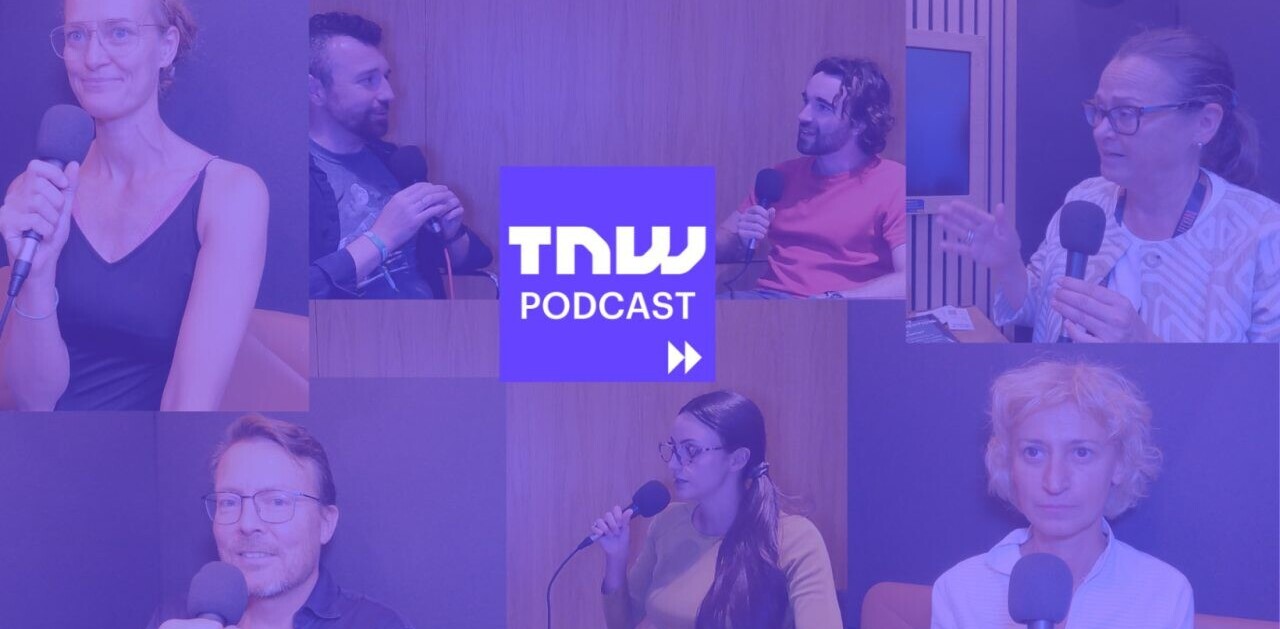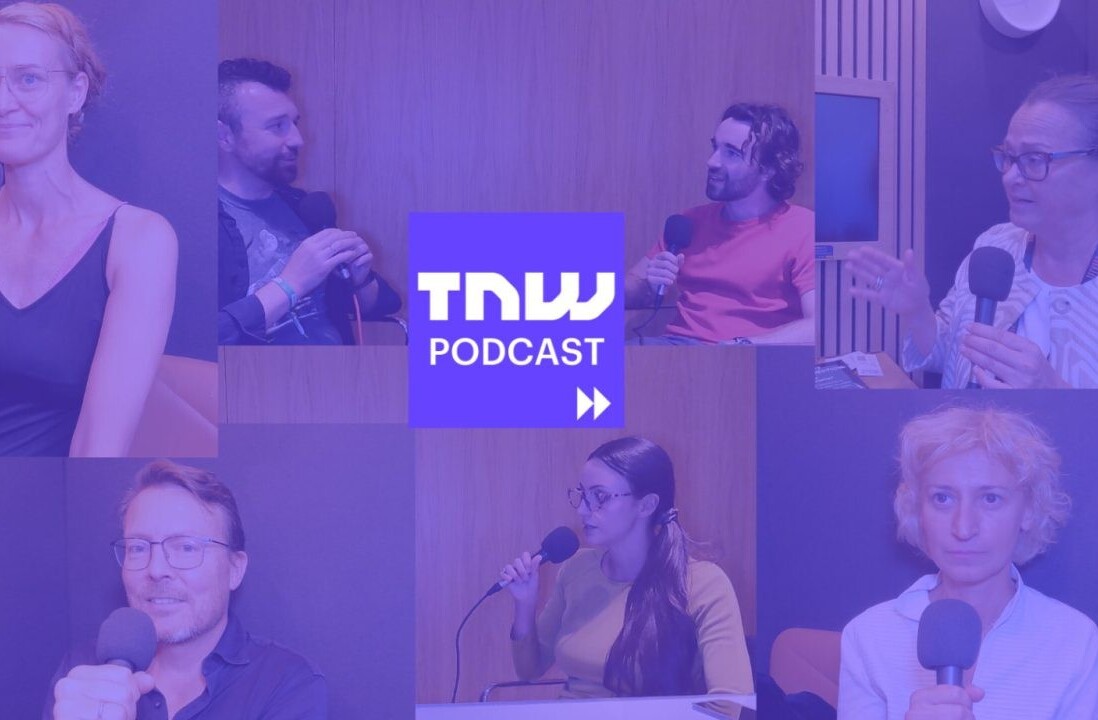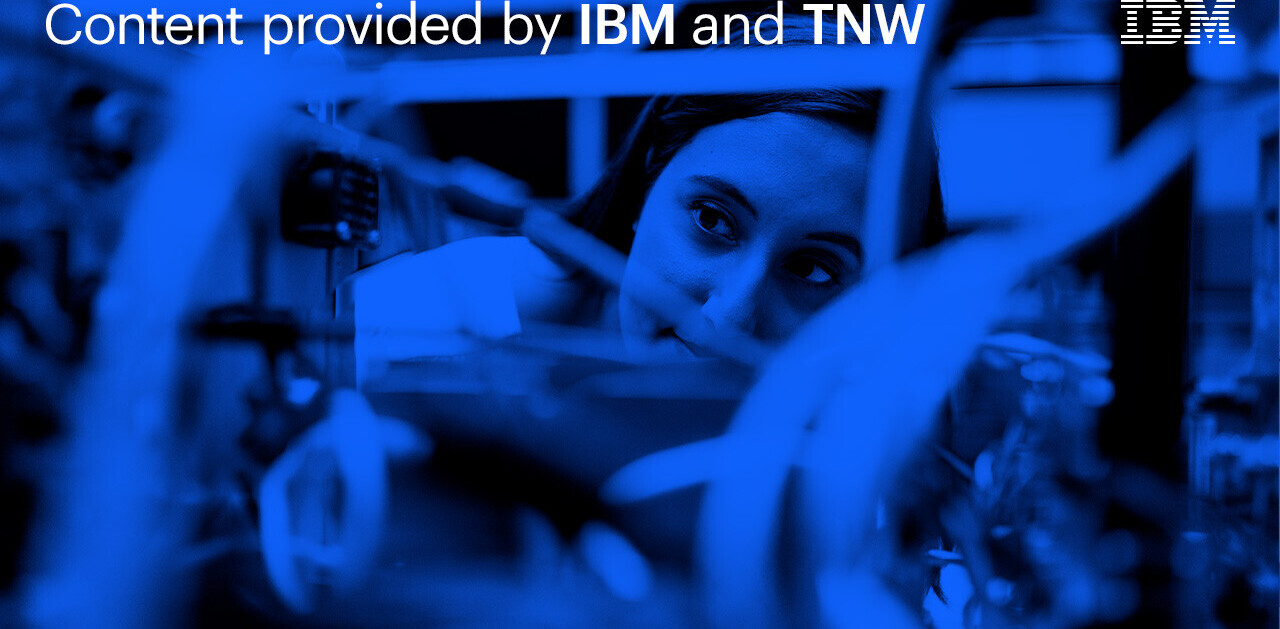

How do you monetize a unique business model based on users rather than selling an actual product? We asked members of the Young Entrepreneurs Council for their thoughts.
Giving it away at Contently
 “At Contently, our core monetization strategy is through marketplace transactions. We’ve built (and continue to grow) a network of journalists and a corresponding publisher network. When our users do business with each other, we take a fee as facilitator.
“At Contently, our core monetization strategy is through marketplace transactions. We’ve built (and continue to grow) a network of journalists and a corresponding publisher network. When our users do business with each other, we take a fee as facilitator.
We’ve learned through experience that because web apps are becoming cheaper to build, tools will eventually become free if there are other ways to monetize them rather than charging directly for them. We cut to the chase by releasing our tools for free to attract users, and then we monetize with transaction fees. We also have advanced, paid tools for agencies who need enterprise features that are more technically difficult to build and therefore are not going to be given away by a competitor anytime soon.”
Simple and social at Mixbook
 “We have a very simple business model. We create the best experience for creating personalized books, cards and calendars then our customers pay us for these products. We continually improve these experiences to build more value for our customers.
“We have a very simple business model. We create the best experience for creating personalized books, cards and calendars then our customers pay us for these products. We continually improve these experiences to build more value for our customers.
We started with Mixbook.com and our rich creation tool which allows folks to pull in photos from places like Flickr, Instagram and Facebook then add embellishments and their own text to create their completely customized products. Recently we unveiled our upcoming product, Mosaic. Mosaic is the fast and spontaneous photobook experience for iPhone. We believe that mobile devices provide a unique opportunity to create an experience that is deeply personal and will resonate with a whole new audience.”
Diversifying revenue streams at Wave
 “Wave is monetizing in a few different ways, but our core value proposition has always been based on a 100 percent free accounting application for small businesses with an offer-based revenue model. In other words, advertisers pay to present special offers to our customers. This is common in B2C apps (Facebook, for example), but it’s still new in B2B apps like Wave Accounting. But it’s not unprecedented: The model has proven to be incredibly successful in a variety of industries, and with almost 350,000 customers already signed up for Wave, we have no doubts that it’ll prove to be equally successful for our small business accounting application. Our revenue model is also supplemented by add-on applications — the first of which is Wave Payroll, which is currently live in Canada and in beta in the U.S.
“Wave is monetizing in a few different ways, but our core value proposition has always been based on a 100 percent free accounting application for small businesses with an offer-based revenue model. In other words, advertisers pay to present special offers to our customers. This is common in B2C apps (Facebook, for example), but it’s still new in B2B apps like Wave Accounting. But it’s not unprecedented: The model has proven to be incredibly successful in a variety of industries, and with almost 350,000 customers already signed up for Wave, we have no doubts that it’ll prove to be equally successful for our small business accounting application. Our revenue model is also supplemented by add-on applications — the first of which is Wave Payroll, which is currently live in Canada and in beta in the U.S.
The biggest challenge I’d flag for other entrepreneurs is that offer-supported apps depend on scale. Not only is your revenue going to be negligible if the customer numbers aren’t there, but it’s hard to attract offers from tier-A advertisers. We knew that going in, so it was something we had planned for, but if you’re not familiar with the online advertising world it’s something you could overlook. Big international brands simply don’t pay attention unless they can hit hundreds of thousands of qualified users at once — and sometimes more. But as you scale, the advertisers will come. Wave is proof of that.”
— Kirk Simpson, Wave Accounting
Embracing specialties at Yodle
 “When Yodle was founded, the company’s original plan was to generate revenue by offering small businesses every web service you can possibly imagine. We soon realized that we were trying to tackle too much at once. We had to focus on doing one thing well in order to succeed. We determined that we could best monetize the business by focusing on online marketing, particularly our pay-per-click services. We didn’t throw away all of our business plan, but tabled some ideas with the mindset of re-introducing them when the company could support and scale them.
“When Yodle was founded, the company’s original plan was to generate revenue by offering small businesses every web service you can possibly imagine. We soon realized that we were trying to tackle too much at once. We had to focus on doing one thing well in order to succeed. We determined that we could best monetize the business by focusing on online marketing, particularly our pay-per-click services. We didn’t throw away all of our business plan, but tabled some ideas with the mindset of re-introducing them when the company could support and scale them.
As we’ve grown, we’ve added a number of items to our marketing platform that includes mobile and desktop websites, Search Engine Optimization (SEO), paid search technology for optimizing online media buys across desktop and mobile devices, display advertising, local maps optimization and review management. Today, Yodle monetizes its online marketing solution as a one stop shop for small businesses. Instead of line-itemizing, Yodle’s aim is to keep things simple and help small business acquire new customers.”
Out-caring competition at GiveForward
 “The way we monetize is pretty straightforward. We provide people with online fundraising pages and then charge a fee on each transaction. The biggest challenge we’ve faced along the way has been determining how much to charge. Initially, we kept our fees extremely low, as we thought this would be a competitive advantage. But we quickly realized that competing on price is a losing proposition. So over time, we raised our fees and simply began out-caring our competition, which has turned out to be a much better strategy.
“The way we monetize is pretty straightforward. We provide people with online fundraising pages and then charge a fee on each transaction. The biggest challenge we’ve faced along the way has been determining how much to charge. Initially, we kept our fees extremely low, as we thought this would be a competitive advantage. But we quickly realized that competing on price is a losing proposition. So over time, we raised our fees and simply began out-caring our competition, which has turned out to be a much better strategy.
Our goal with GiveForward is to save millions of lives and, in doing so, create a brand that lasts for decades. But we’ll never achieve this by being the cheapest option possible. The only way for us to get there is to provide a remarkable service that people absolutely love, and then charge them appropriately for it. So that’s what we try to focus on.”
Staying minimal at ReTargeter
 “ReTargeter’s revenue challenge is really very different than the challenge faced by the many startups that are looking to figure out how they’ll monetize their user bases. We sell online advertising services, so where we would derive revenue was always clear. The how, however, was not always quite so obvious. We launched with a month-to-month payment model with no subscriptions required and super-low minimums (that’s still how we price, though our minimums have increases).
“ReTargeter’s revenue challenge is really very different than the challenge faced by the many startups that are looking to figure out how they’ll monetize their user bases. We sell online advertising services, so where we would derive revenue was always clear. The how, however, was not always quite so obvious. We launched with a month-to-month payment model with no subscriptions required and super-low minimums (that’s still how we price, though our minimums have increases).
Because we bootstrapped, the biggest challenge right out of the gate was getting customers on board fast. We focused on drumming up initial interest and building a lean, yet functional product. Our earliest iterations didn’t have a lot of frills, but the products worked and we kept our customers happy. Building that initial user base was key; that’s what enabled us to drive the revenue that later allowed us to invest in building the advanced product suite we have today.”
The Young Entrepreneur Council (YEC) is an invite-only nonprofit organization comprised of the world’s most promising young entrepreneurs. In partnership with Citi, the YEC recently launched #StartupLab, a free virtual mentorship program that helps millions of entrepreneurs start and grow businesses via live video chats, an expert content library and email lessons.
Image Credit: Alex Wong/Getty Images
Get the TNW newsletter
Get the most important tech news in your inbox each week.





